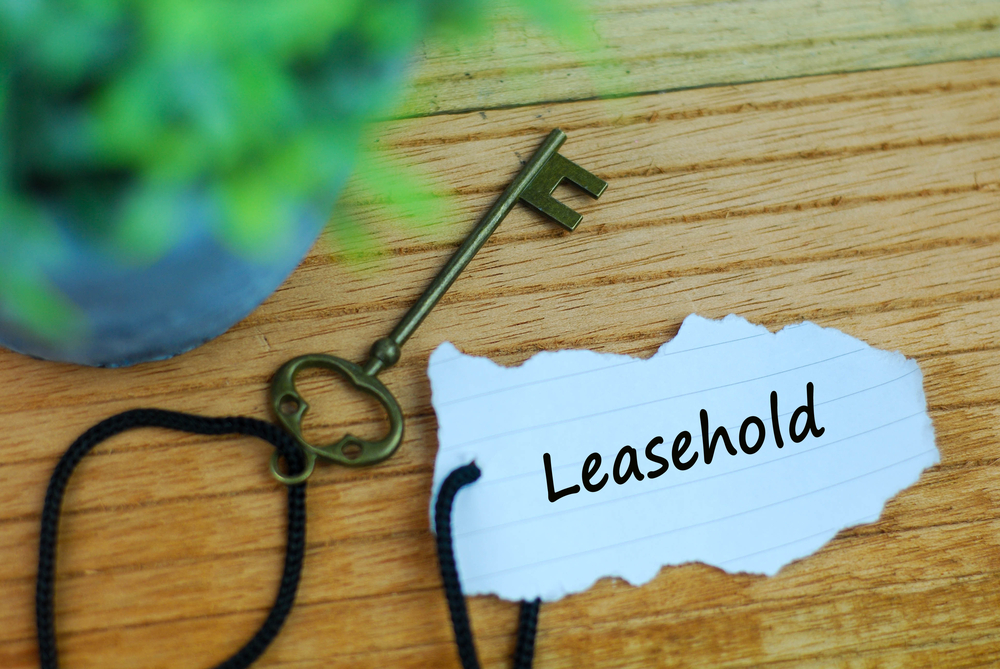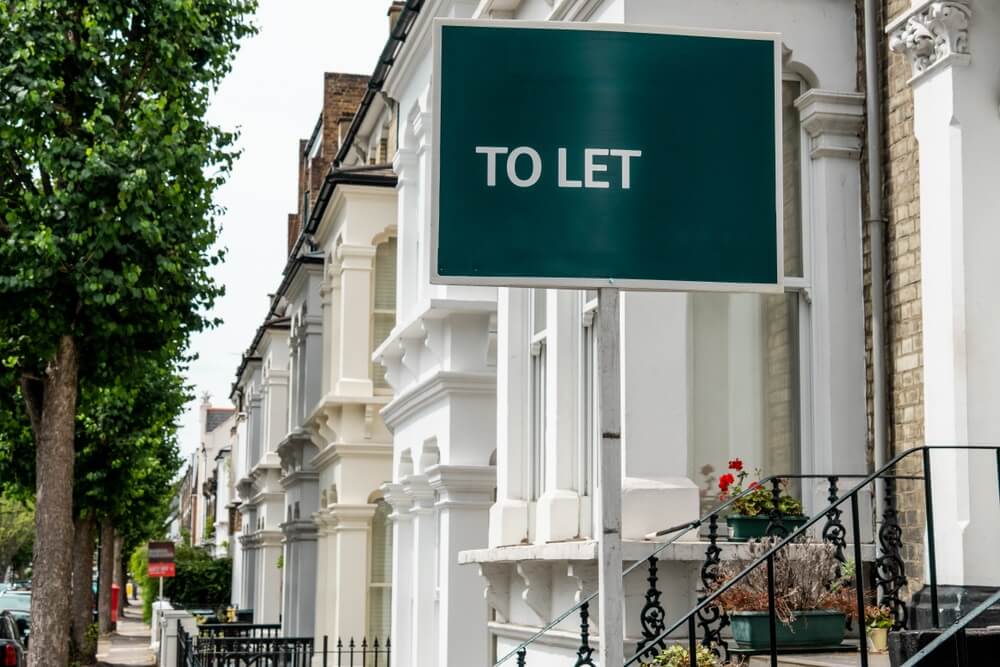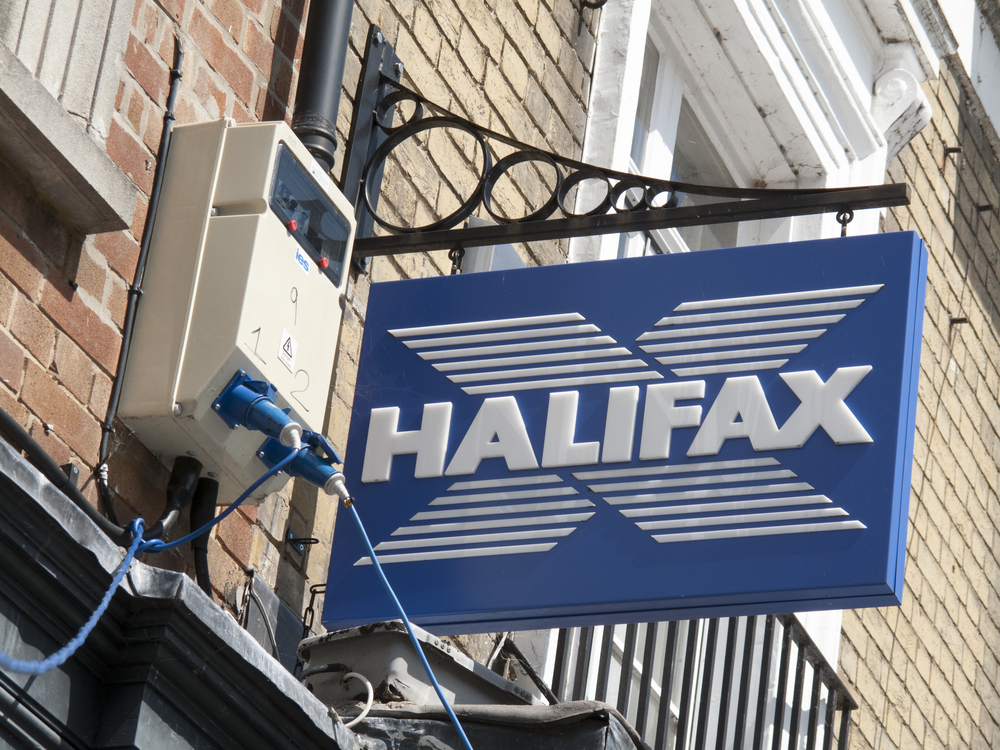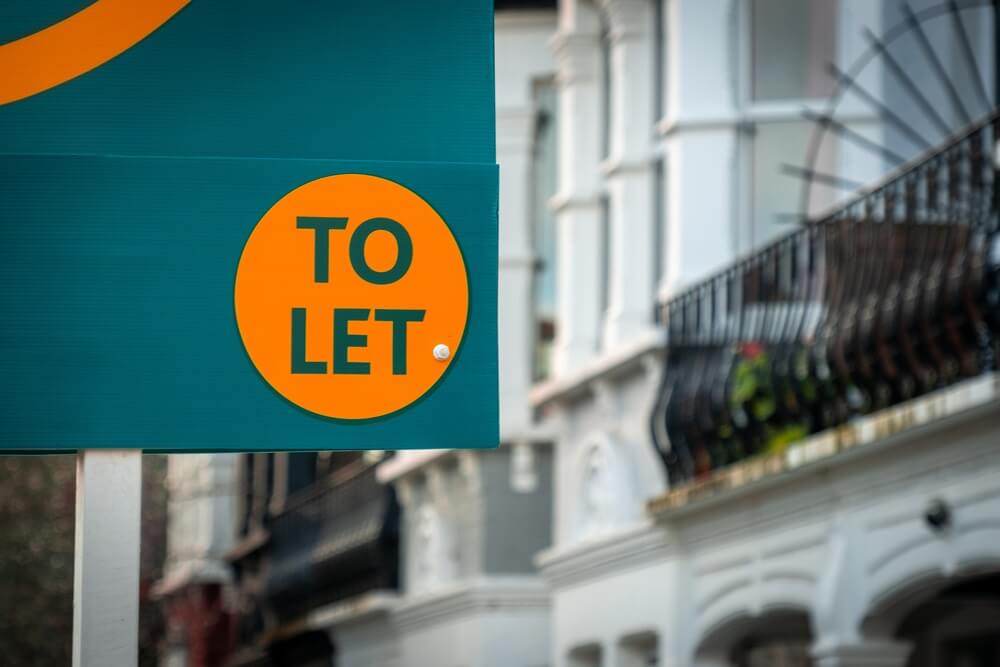Which mortgage is right for me?
Lenders have a range of different products designed to cater to the requirements of different types of borrowers. But it can be difficult to work out which deal is best for you, especially when you don’t know what the options are.
[hr style=”single”]
[col type=”two-third”]
Many products are related in some way to what is known as the base rate. This is the interest rate set by the Bank of England’s Monetary Policy Committee each month.
This rate is set according to the Committee’s belief of what would best help the UK’s growth without pushing inflation through the roof.
The base rate affects how banks and businesses can borrow money, so is not directly responsible for housing loans.
Banks and building societies take note of both the current base rate and what they feel will happen in the future when they design new mortgage products.
While some mortgages are directly linked to the base rate, many are not. However, they will be affected by any change in the rate.
Just to make it more complicated, there is a second rate, which is at least equally important to lenders. The London Inter Bank Offer Rate, or LIBOR, is the rate at which banks and building societies lend each other money.
Few mortgages are directly linked to LIBOR – although some are – but the rate does have an effect on the market.
It is set to be phased out in 2021 and replaced with a more reliable benchmark.
[/col]
[col type=”one-third last”]
[box style=”2″]
SVR
The standard variable rate (SVR) isn’t really a mortgage as such; it’s the basic rate on which many lenders calculate their other deals and the rate you move to when your deal is over.
It’s a variable rate, which means the lender can raise or lower it as and when it sees fit, and is generally higher than many of the ‘deal’ mortgages on offer today. Three decades ago, almost every mortgage was an SVR product, and until recently most borrowers would move to the lender’s SVR once their deal period ended.
For most borrowers, however, this is a costly option – most SVRs are more expensive than other deals in the market – and when it comes to the end of your deal it’s time to look around for another product – known as remortgaging.
[/box]
[/col]
[hr style=”single”]
[col type=”two-third”]
Mortgages types
[tabs]
[tab title=”Fixed”]
Fixed rate mortgages have been popular with borrowers for several years, particularly with first-time buyers who like to know what their payments will be.
A fixed rate means exactly that – for the term of the deal, your mortgage payments are guaranteed to remain the same regardless of what happens to the Bank of England base rate, or indeed to the lender. If rates go up, your payments stay the same and you’ll save money. If they go down, however, you could end up paying over the odds.
Fixed rate deals generally run for between two and five years, though you can get products with a longer lifespan. At the end of your deal, you will be transferred to your lender’s standard variable rate (SVR), which could mean a large change in payments.
[/tab]
[tab title=”Tracker”]
Tracker deals are the most transparent of products, following the base rate exactly. A tracker will usually be marketed as ‘base rate plus x per cent’, the x per cent being the amount the lender adds on top. If the base rate rises, so do your repayments; if it falls then your deal does likewise.
Unlike with other products, the lender has to pass on any rate changes – with other variable rate mortgages, any changes are discretionary.
Some tracker products have a special deal attached to them – so the ‘x’ that goes on top of the base rate is reduced for the first two years or so. In the current low rate environment, trackers are good value but if rates rise they will follow. And remember, the mortgage market generally predicts the base rate, so if you wait until interest rates start to rise, you may find you’re too late to get a good fix.
[/tab]
[tab title=”Discount”]
Discount deals offer a reduction from the lender’s SVR and, like fixed rates, typically run for two to five years. They’re a good option for borrowers looking to cut the costs as much as possible at the start of their mortgage, as they can often provide the lowest monthly payments.
Like the SVR, however, they are variable, so if the SVR goes up then so will your mortgage. And when you come to the end of your deal, you will have to hunt around for another to avoid payment shock.
[/tab]
[tab title=”Stepped”]
Stepped rate mortgages are less common these days, though they are still available with some lenders. They are a good way of easing you into your payments, as you start off with a big discount, which then gradually reduces throughout the term of the deal.
[/tab]
[tab title=”Capped”]
With a capped rate mortgage, you pay the lender’s SVR but if rates rise to a certain level then your repayments are ‘capped’ until they fall away again.
This is a good way of benefiting from reductions in rates, while at the same time protecting yourself against any large rises. However, these deals are generally relatively uncompetitive as being on the SVR means higher payments than you could find with other products.
Some mortgages – whether tracker or fixed – have a feature called a ‘drop cap’. This means that if interest rates rise you can ask your lender to fix your rate at a certain level to prevent your payments from going higher.
This is a good way of protecting yourself against higher rates, but be warned that these sorts of deals often come with a premium – your discount or tracker won’t be the cheapest.
[/tab]
[tab title=”Offset”]
An offset mortgage allows your debt to work in tandem with your savings. Because you usually earn less money in interest on your savings than you pay in interest on your mortgage, putting the two together means you earn no interest but pay on a lower total debt. Lenders will allow you to either pay less each month, or treat the difference as an overpayment, thus paying off your loan earlier.
Current account mortgages work in the same way as offsets but, as the name suggests, they also include your current account. By using your daily balance as an offset against your mortgage, you again can end up paying less interest on your loan.
[/tab]
[/tabs]
[/col]
[col type=”one-third last”]
[box style=”2″]
Flexible
Again, this is not a mortgage as such, but a component of some products. ‘Flexible’ means different things to different lenders, but broadly it will allow you to make capital repayments on your mortgage, or overpay each month. Some lenders will allow you to take a break of up to three months from repaying your loan, and in some cases you will also have additional funds to draw down.
[/box]
[/col]
[hr style=”single”]
[col type=”two-third”]
Non-standard borrowers
When we talk about the different mortgage types, we are generally referring to mainstream borrowers – those who are employed and have payslips, and don’t have any black marks against them.
Those that don’t fit into the standard criteria, if you’re self-employed, earn a significant income through means other than a standard salary or have a significant part of your income made up of commission or bonuses, may have to apply for a different kind of mortgage.
Most of the mortgage types on these pages will still be available to you but they may come from non-high street lenders. Because you don’t fit the standard underwriting criteria for mainstream mortgages the lender will need to individually assess your application and specialist firms are more geared up to deal with this.
If you are self-employed, don’t assume that automatically you won’t be eligible for a mainstream deal. Most high street lenders will give you the same deal as anyone else if you have three years’ certified accounts, and some will help you with less.
Remember, though, that these are short term steps. No matter what type of borrower you are, if you make your payments on time for the first couple of years, you’ll prove to the lender that you are a good bet and they will fall over themselves to offer you mainstream deals.
[/col]
[col type=”one-third last”]
[box style=”2″]
Cashback
This is not a mortgage product as such – the product itself will be a variable rate or a fixed rate or whatever – but there are a number of products that offer you a cash payment once the mortgage starts. These payments can range from a couple of hundred pounds to several thousand – a few years ago, one lender was offering cashback of 10 per cent of the mortgage amount.
There tend to be restrictions on these types of mortgage – if the cashback is a significant amount, you probably won’t be allowed to use the money to repay part of the loan, and you’re likely to be tied in to the deal for a certain period, the more the cashback the longer the period.
The rates on these deals are also likely to be relatively uncompetitive – the lender is not giving away this cash out of the goodness of its heart and will want to recoup it somehow – so you need to make sure that the amount you gain from the cashback is not dwarfed by the increased size of your repayments.
[/box]
[/col]










 Buy-to-let
Buy-to-let










Add a comment